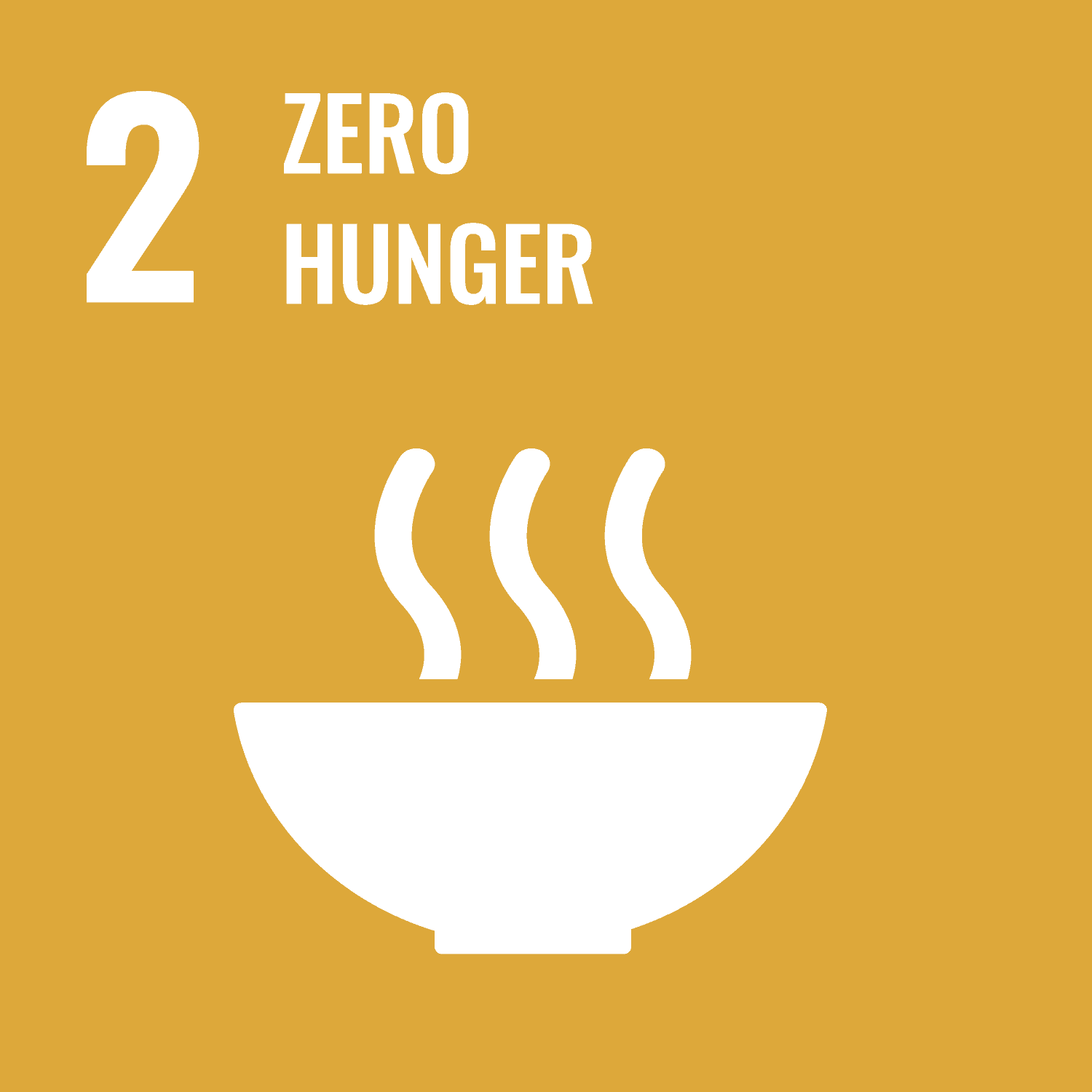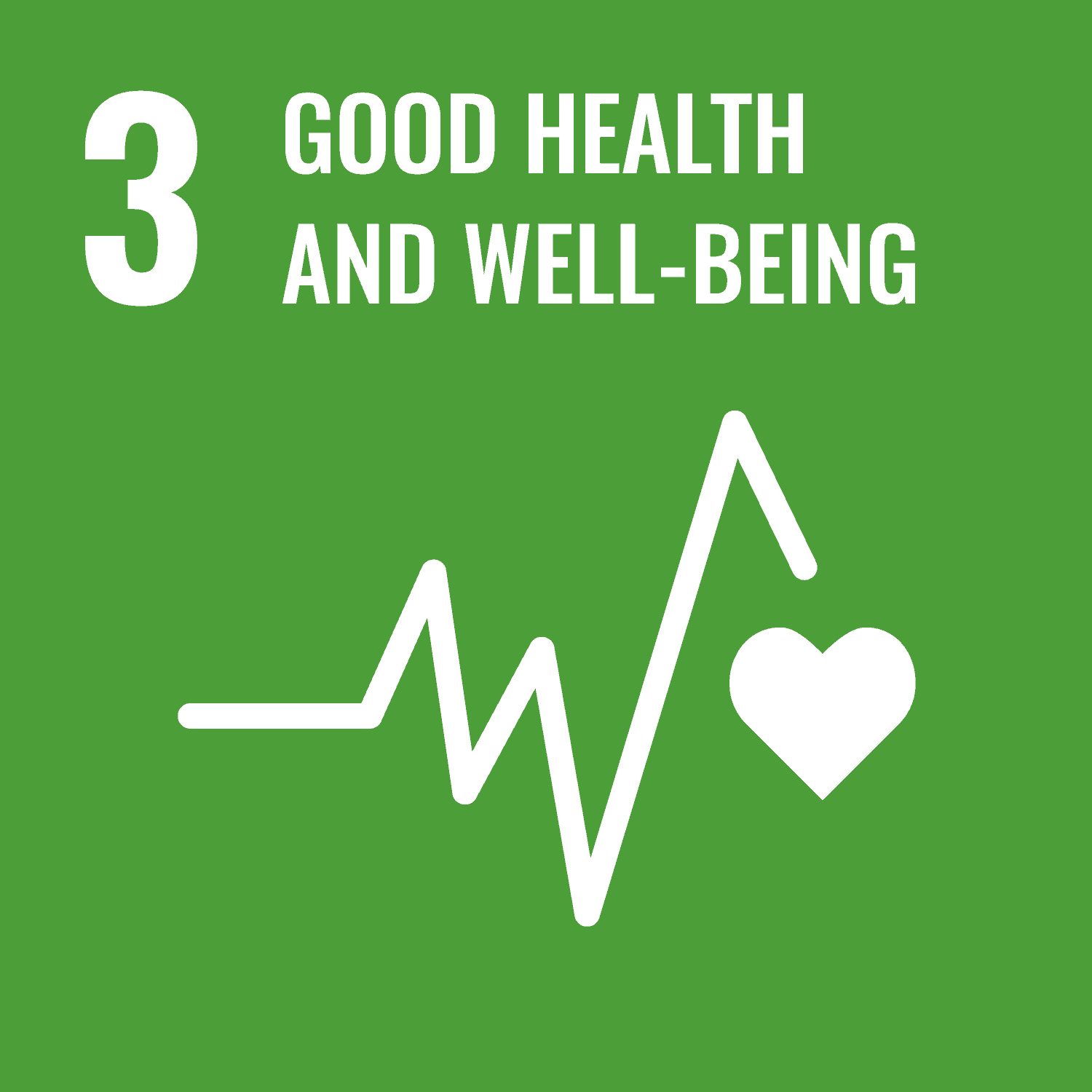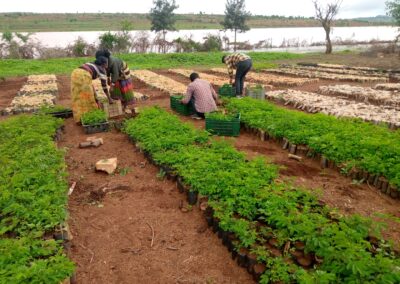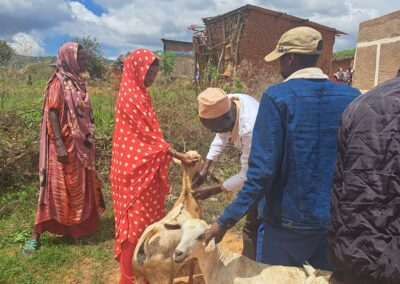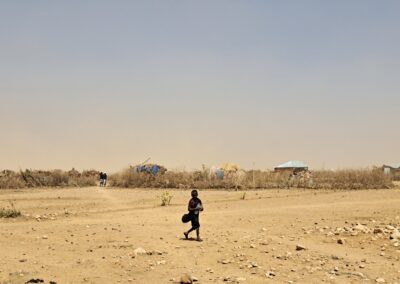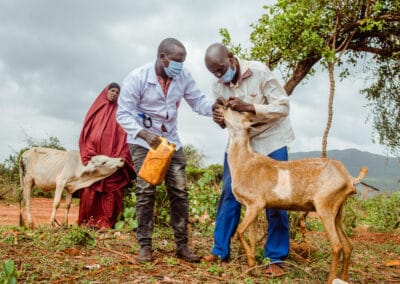Prevention and control of cross-border diseases and combating the Peste des Petits Ruminants in Ethiopia
Project Overview

Land
Ethiopia
Project name
PC-TAD
Duration of the project
Start: |
11.10.2023 |
End: |
31.12.2024 |
Budget
EUR 80’000
Donor

Partner

Project area
Topics
Tags
Background
The pastoralist regions of Ethiopia are characterised by strong climatic fluctuations, weak infrastructure development, frequent droughts, resource-related conflicts and, above all, a high prevalence of livestock diseases.
The Somali and Afar regions have enormous livestock populations. The nomadic communities mostly keep these in a traditional, mobile and pasture-based production system, which often involves cross-border livestock movements. The importance of goats in pastoralism has increased with climate change as they replace other livestock species. However, widespread livestock diseases jeopardise the sector’s production and productivity. The most widespread disease is peste des petits ruminants (PPR). Also known as peste des petits ruminants, PPR is a highly contagious and fatal disease that can lead to mortality rates of up to 90% in young animals.
Goal
Supporting the work of VPPs and other relevant personnel on the ground, educating the population as well as increasing vaccination rates to prevent and control cross-border animal diseases in favour of smallholder farmers.
Approach
Activity 1: Raising community awareness through community engagement.
Activity 2: Refresher training and equipment for women in livestock farming and community animal health workers (CAHWs) so that they can vaccinate against PPR and transboundary diseases (TADs). Women must be at the centre of these activities to prevent and control PPR, because they primarily care for small ruminants such as goats for example.
Activity 3: Monitoring and quality assurance before and after vaccination according to internationally recognised standards to measure the level of herd immunity before and after vaccination.
Activity 4: Mobilisation of the local workforce to carry out vaccinations against PPR and other TADs. Veterinarians, CAHWs, and trained vaccinators who participate in this promotion will benefit financially from the fees they charge for their services.
Activity 5: Performance-based incentive mechanisms (in-kind and cash benefits) for doctors and vaccine distributors who provide PPR and TADs vaccines. By strengthening private pharmacies and linking them to well-trained and equipped CAHWs, access to animal health care will be ensured.
Which of the 17 UN Sustainable Development Goals does this project work towards?
